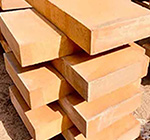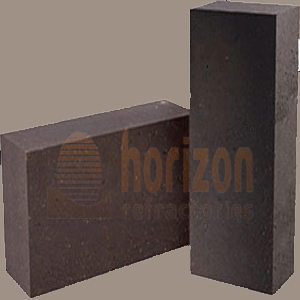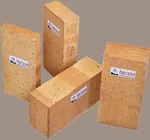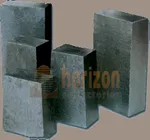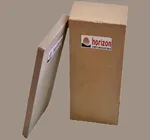Refractory Lining for Longevity
Introduction
The operation of steel and cement and glass and petrochemical plants requires refractory linings because they function under intense heat conditions. Extreme heat as well as corrosion and mechanical wear receive protection through these linings which safeguard furnaces and kilns and boilers. Unattended refractory linings decay rapidly which results in equipment shutdowns together with expensive maintenance costs and compromised business productivity. The key to extending refractory linings exists in implementing appropriate maintenance practices.
Regular Inspection and Monitoring
The process of inspecting refractory linings starts with routine maintenance checks. Visual and thermal imaging checks reveal the earliest indications of lining problems such as wear and cracks and hot spots. Through regular monitoring industries gain the time needed to implement preventive measures that minimize minor issues from evolving into significant breakdowns. Performing checks right after plant shutdowns and planned maintenance allows industries to check the lining state and locate needed repair zones.
Proper Installation and Drying
An installed refractory lining achieves longevity when professional setup techniques are applied. Inadequate installation methods will shorten the lifespan of the lining. Installation and usage of refractory materials for professionals who follow manufacturer recommendations are essential. Appropriate drying techniques and curing practices need to be applied after installation because they remove moisture while preventing exothermic reactions. When starting up the heater operators must follow correct heating protocols because this process enables the refractory materials to reach their complete strength capability and durability levels.
Temperature Control and Gradual Heating
Thermal shocks occurring from unexpected temperature changes lead to fractures and structural deterioration of refractory materials. The proper prevention of cracking requires equipment operators to use schedules for controlled heating and cooling routines. The stability of operating temperature helps protect refractory linings from damage by reducing their operational stress. The system should have probes to check temperature variations while providing uniform heat across the furnace walls to avoid section damage.
Proper Material Selection
A refractory material's selection for a particular use represents a critical factor that determines product lifetime. Businesses within various industries use different refractory materials which depend on their requirement for heat resistance and resistance to chemicals and physical damage. Using an inappropriate material results in accelerated deterioration. Working with experts in refractories combined with selecting top-quality industry-specific refractory bricks, castables or coatings will improve both performance and product lifespan.
Avoiding Mechanical and Chemical Damage
The degradation of refractory linings occurs because of the combination of mechanical impacts and chemical corrosive agents. Heavy objects combined with abrasive materials produce mechanical wear because they hurt the surface. The prevention of equipment wear happens through good handling techniques as well as barrier implementation and minimized impact during material handling operations. Reactive substances including acids and alkalis and slags cause chemical damage to refractory materials. Protection against chemical corrosion becomes possible when install refractory materials that resist chemicals and apply protective coatings to these materials.

